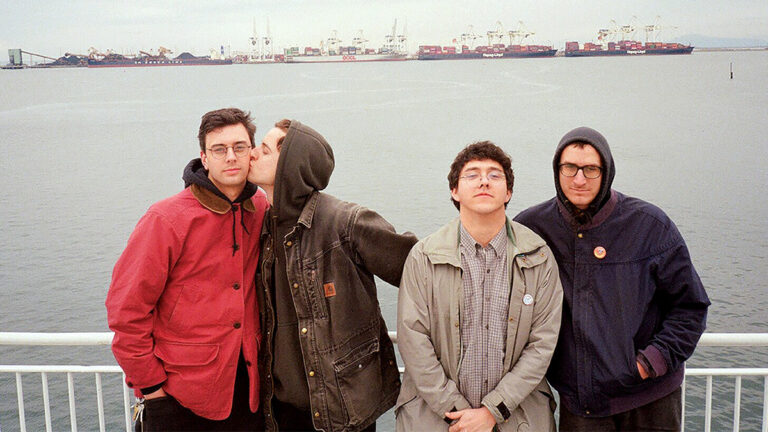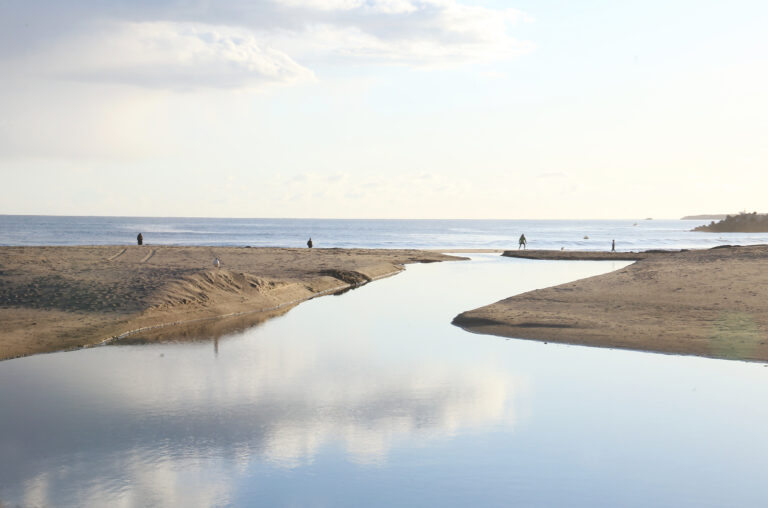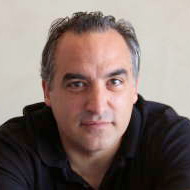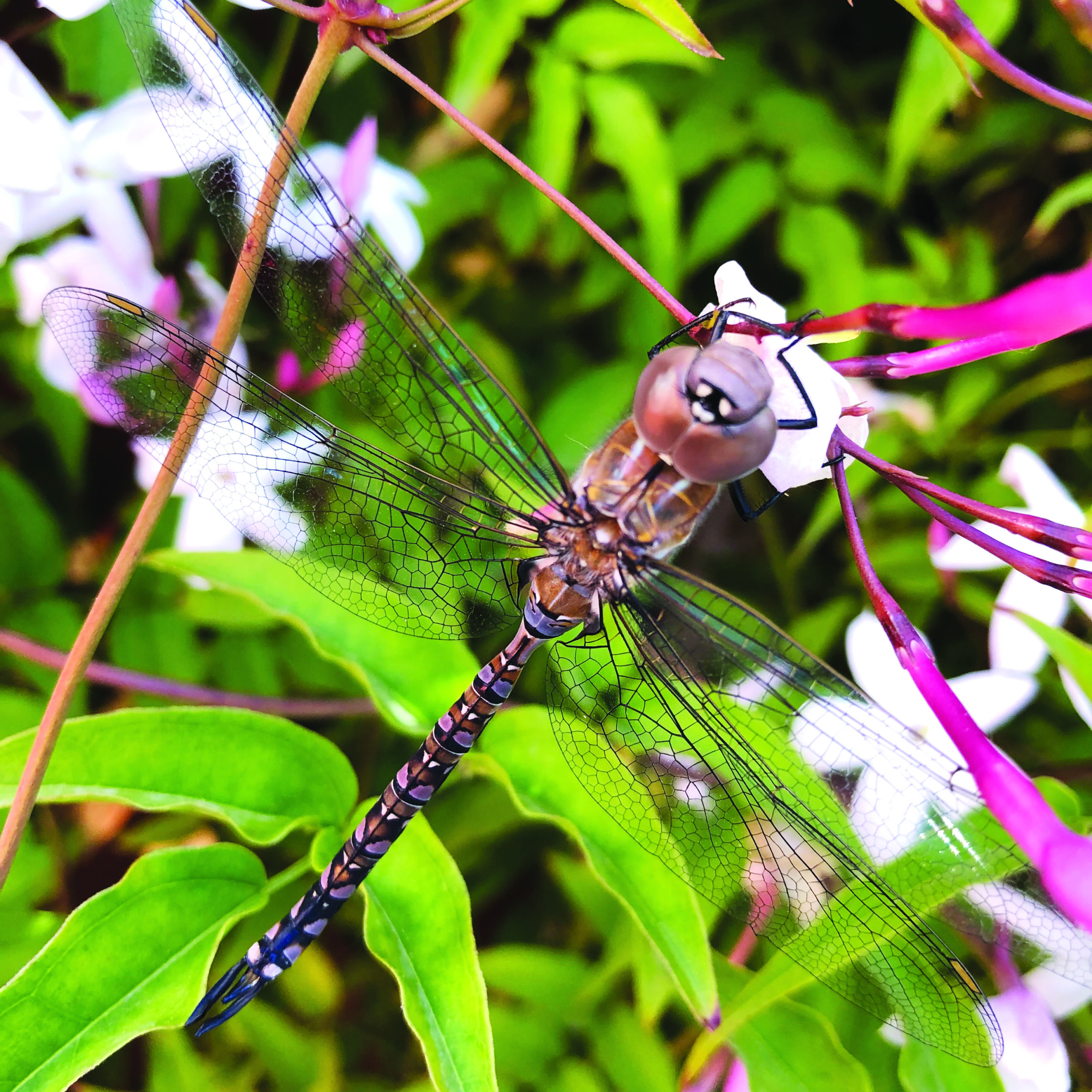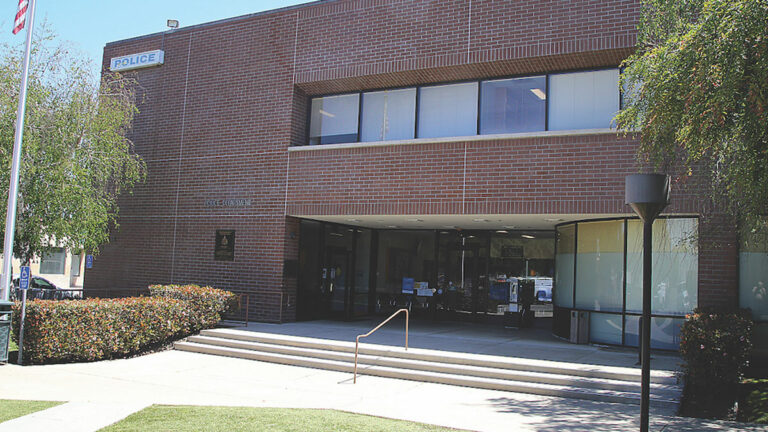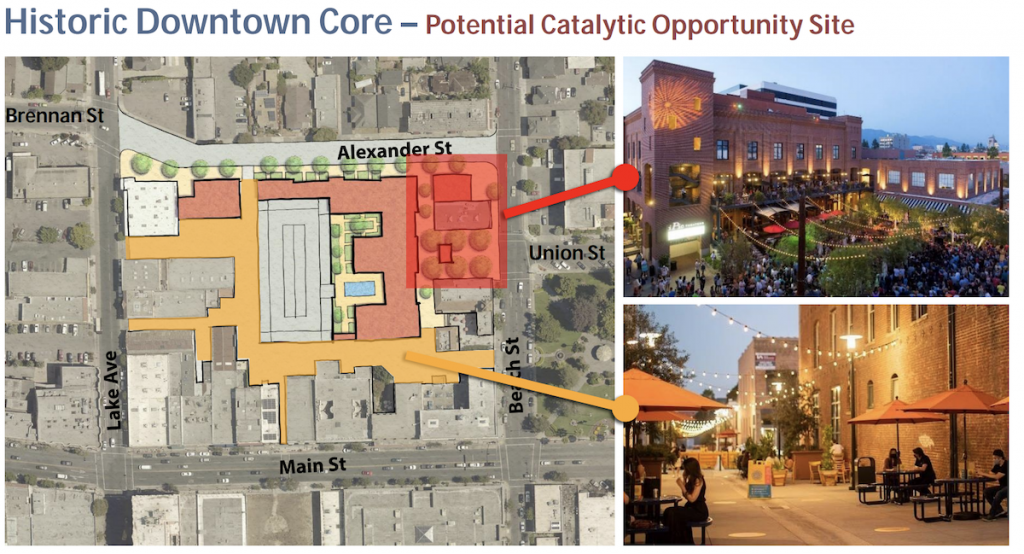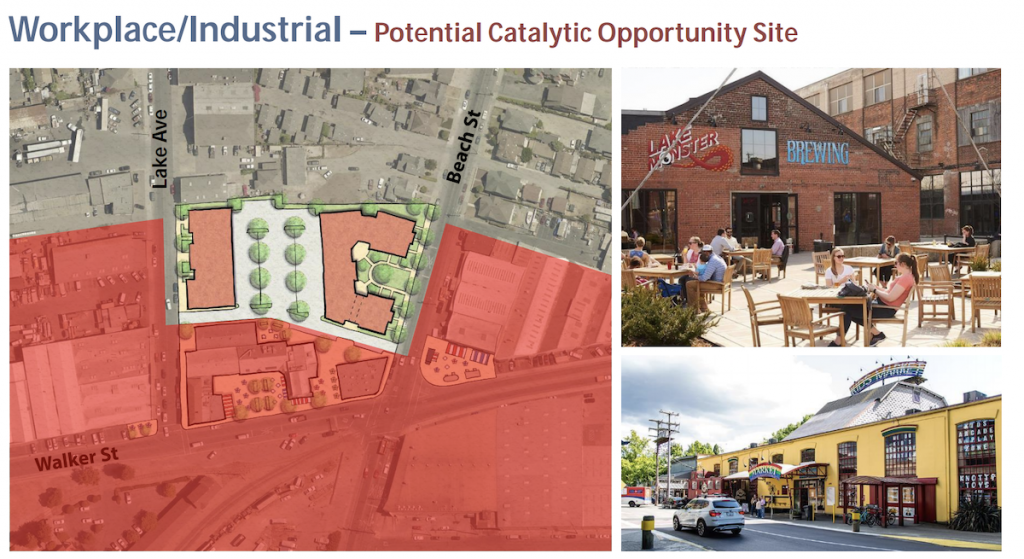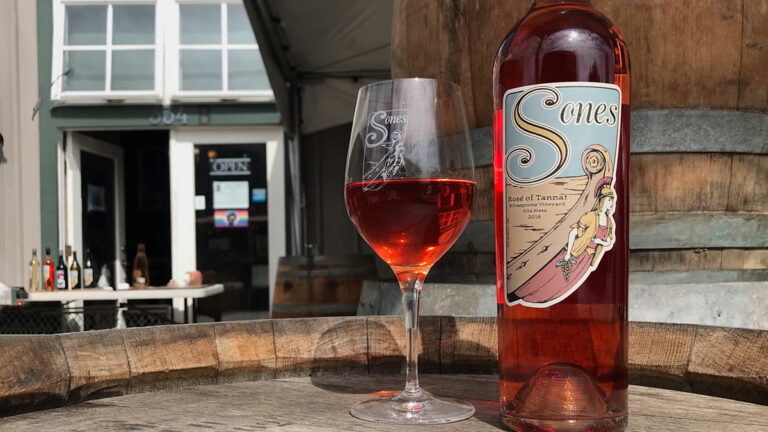A weekly guide to what’s happening.
ARTS AND MUSIC
CINCO DE MAYO JACK O’NEILL LOUNGE Cinco de Mayo! Now open for indoor dining. Come enjoy the best of Santa Cruz dining and full ocean views. Wednesday, May 5, 5-8pm. Jack O’Neill Lounge At the Dream Inn, 175 W Cliff Drive, Santa Cruz.
COMMUNITY
HOW TO EXAMINE OUR OWN PETS How many times have you wished you knew how to examine your pet? Have you wondered about lumps and what to look for? What to not worry about? Now you can learn! Please join us virtually with Dr. Merrianne Burtch, DVM, DACVIM for an hour on “How to Examine our Own Pets.” For more information on this online event, go to birchbarkfoundation.org/education. Tuesday, May 11, 6-7pm.
GREY BEARS BROWN BAG LINE If you are able-bodied and love to work fast, this is for you! Grey Bears could use more help with their brown bag production line on Thursday and Friday mornings. As a token of our thanks, we make you breakfast and give you a bag of food, if wanted. Be at the warehouse with a mask and gloves at 7am, and we will put you to work until at least 9am! Call ahead if you would like to know more: 831-479-1055, greybears.org. Thursday, May 6, 7am. California Grey Bears, 2710 Chanticleer Ave., Santa Cruz.
ZOOM Q&A: BECOME A HOSPICE VOLUNTEER VISITOR Join us for an informational Q&A session about becoming a volunteer visitor with Hospice of Santa Cruz County. Forbes Ellis, our director of volunteer services, will be available to answer any questions you may have, as well as provide more information on what you can expect during your training. Volunteer visitors provide companionship to hospice patients in their homes or in the residential care facilities where they reside. As a willing listener and supportive presence, these special volunteers are vital members of the hospice team. During shelter in place, volunteer visitors are supporting patients while social distancing via Zoom visits, letter writing, and running errands. Register at hospicesantacruz.org/event/vol-vis-2021. Monday, May 10, 1pm.
SALSA SUELTA FREE ZOOM SESSION Keep in shape! Weekly online session in Cuban-style Salsa Suelta for experienced beginners and up. May include mambo, chachacha, Afro-Cuban rumba, orisha, son montuno. No partner required, ages 14 and older. Contact to get the link: salsagente.com. Thursday, May 6, 7pm.
TENANTS’ RIGHTS HELP Tenant Sanctuary is open to renters living in the city of Santa Cruz with questions about their tenants’ rights. Volunteer counselors staff the telephones on Tuesdays, Thursdays and Sundays from 10am-2pm. Tenant Sanctuary works to empower tenants by educating them on their rights and providing the tools to pursue those rights. Tenant Sanctuary and their program attorney host free legal clinics for tenants in the city of Santa Cruz. Due to Covid-19 concerns, all services are currently by telephone, email or Zoom. For more information visit tenantsanctuary.org or follow us on Facebook at facebook.com/tenantsanctuary. 831-200-0740. Thursday, May 6, 10am-2pm. Sunday, May 9, 10am-2pm. Tuesday, May 11, 10am-2pm. Tenant Sanctuary, 703 Pacific Ave., Santa Cruz.
GROUPS
CAREGIVER SUPPORT GROUP VIA ZOOM Support groups create a safe, confidential, supportive environment or community and a chance for family caregivers to develop informal mutual support and social relationships as well as discover more effective ways to cope with and care for your loved one. Meeting via Zoom and phone. Who may benefit from participating in the support group? Family caregivers who care for persons with Alzheimer’s disease or another dementia, those who would like to talk to others in similar situations and those who need more information, additional support and caregiving strategies. To register or questions please call 800-272-3900. Wednesday, May 5, 5:30pm. Saturday, May 8, 10-11:30am.
COMPASSIONATE FRIENDS OF SANTA CRUZ Parents of a child who died at any age, from any cause, any length of time ago, are invited to join The Compassionate Friends of Santa Cruz for our monthly grief support meeting. Opening circle followed by smaller connection groups. Sharing is optional. Grief materials are available. Bereaved grandparents and adult siblings also welcome. Nonreligious. Monday, May 10, 7-8:30pm. Quaker Meeting House, 225 Rooney St., Santa Cruz.
ENTRE NOSOTRAS GRUPO DE APOYO Entre Nosotras support group for Spanish speaking women with a cancer diagnosis. Meets twice monthly. Registration required; call Entre Nosotras 831-761-3973. Friday, May 7, 6pm. WomenCARE, 2901 Park Ave., Suite A1, Soquel.
OVEREATERS ANONYMOUS All our OA meetings have switched to being online. Please call 831-429-7906 for meeting information. Do you have a problem with food? Drop into a free, friendly Overeaters Anonymous 12-Step meeting. All are welcome! Sunday, May 9, 9:05-10:15am.
WOMENCARE ARM-IN-ARM WomenCARE ARM-IN-ARM cancer support group for women with advanced, recurrent, or metastatic cancer. Meets every Monday at WomenCARE’s office. Currently on Zoom. Registration required; contact WomenCARE at 831-457-2273. All services are free. For more information visit womencaresantacruz.org. Monday, May 10, 12:30pm.
WOMENCARE TUESDAY SUPPORT GROUP WomenCARE Tuesday cancer support group for women newly diagnosed and through their treatment. Meets every Tuesday currently on Zoom. Registration required; contact WomenCARE at 831-457-2273. Tuesday, May 11, 12:30-2pm.
WOMENCARE: LAUGHTER YOGA Laughter yoga for women with a cancer diagnosis. Meets every Wednesday, currently via Zoom. Registration required; contact WomenCARE at 831-457-2273. Wednesday, May 5, 3:30-4:30pm.
OUTDOOR
FLORA AND FAUNA High school art competition exhibit opening at Iveta Cafe and Gallery. Please join us to celebrate the finalist and awards ceremony for these emerging young artists. Saturday, May 8, noon. Iveta Cafe, 2125 Delaware Ave., Santa Cruz.
MEMBER MEETUP: WILDFLOWERS AT MIMA MEADOW Member meetups are small group get-togethers for Santa Cruz Museum of Natural History members where we learn from each other while exploring Santa Cruz’s diverse natural spaces. Spring is in full swing in Santa Cruz! Some may say that wildflower season begins to wind down in May, but that’s also when we start to see some exciting species like the yellow mariposa lily. For this month’s meetup, we will be on the hunt for many of our area’s most sought-after wildflowers, from the harlequin lotus to the Monterey mariposa lily. Please review the following details prior to registering: wear a mask at all times; if you feel sick, stay home; maintain at least six feet of distance from others. We are limiting the number of members who can join us to 15 individuals. Further instructions will be shared upon registration: santacruzmuseum.org. Saturday, May 8, 10am-noon.
ROCKIN’ POP-UP: GREAT GEOLOGIC LANDMARKS Tourist season is upon us, the time when people pick up and travel the world in search of new experiences, lasting memories, and unbelievable views. For this month’s Rockin’ Pop-Up, we’ll be taking a roadtrip through some of the great geologic landmarks of the United States, from Yellowstone to Yosemite, and Carlsbad Caverns to our own Pinnacles. Join the Geology Gents, Gavin and Graham, for monthly conversations about rocks live on Facebook. Each month we’ll explore a different geologic topic, from Santa Cruz formations to tips for being a more effective rockhound. Graham Edwards and Gavin Piccione are Ph.D. candidates in geochronology with the Department of Earth and Planetary Sciences at UCSC. Visit santacruzmuseum.org for more information. Wednesday, May 5, 3-3:30pm.
VIRTUAL MOTHER’S DAY RUN & WALK Outrun family homelessness this Mother’s Day: Join the 2021 Virtual Mother’s Day Run and Walk benefiting children and their parents at Pajaro Valley Shelter Services (PVSS). At PVSS, families are working harder than ever before to outrun the pandemic—facing increased financial hardship and housing insecurity head-on. This year’s virtual event will support the growing needs of families experiencing homelessness in the Pajaro Valley. Join us in building hopeful family futures! Help PVSS raise $80,000 by Mother’s Day. Sustain the hope and efforts of the 136 children and their parents in PVSS’ care. Self-sufficient families are the backbone of our community. Let’s keep our community strong! Register, sponsor, donate at pvshelter.org to outrun family homelessness. Grab your family and register to run or walk the 10K/5K/1K—anytime, anywhere. Visit pvshelter.org/mothers-day-runwalk-for-pv-shelter for more information. Sunday, May 9, 7am. Ramsey Park, 1301 Main St., Watsonville.
VIRTUAL YOUNGER LAGOON RESERVE TOURS Younger Lagoon Reserve is now offering a virtual tour in both English and Spanish. This virtual tour follows the same stops as the Seymour Marine Discovery Center’s docent-led, in-person hiking tour, and is led by a UCSC student! Virtual Younger Lagoon Reserve tours are free and open to the public. Part of the University of California Natural Reserve System, Younger Lagoon Reserve contains diverse coastal habitats and is home to birds of prey, migrating sea birds, bobcats, and other wildlife. See what scientists are doing to track local mammals, restore native habitat and learn about the workings of one of California’s rare coastal lagoons. Access the tours at seymourcenter.ucsc.edu/visit/behind-the-scenes-tours/#youngerlagoon. Sunday, May 9, 10:30am.
YOU PICK ROSES We are growing over 300 roses, deeply fragrant, lush and in every color, and we want to share them with you! Get out of the house and enjoy cutting a bucket of roses for your own pleasure or to share with family and friends. Once you have made a purchase, you will be sent a calendar link to pick a time for your reservation and directions to our farm in Watsonville. Visit birdsongorchards.com/store/you-pick-roses for more information. Friday, May 7, 11am. Sunday, May 9, 11am.



